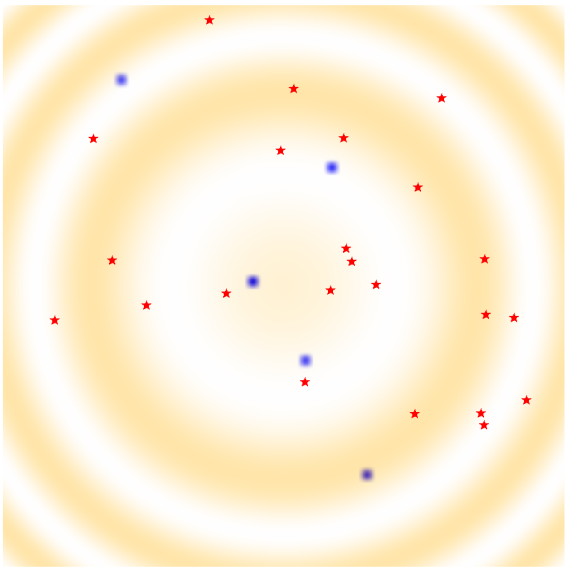Heat Source Identification Based on L1 Constrained Minimization


We consider the inverse problem of finding sparse initial data from the sparsely sampled solutions of the heat equation. The initial data are assumed to be a sum of an unknown but finite number of Dirac delta functions at unknown locations. Point-wise values of the heat solution at only a few locations are used in an $l_1$ constrained optimization to find the initial data. A concept of domain of effective sensing is introduced to speed up the already fast Bregman iterative algorithm for $l_1$ optimization. Furthermore, an algorithm which successively adds new measurements at specially chosen locations is introduced. By comparing the solutions of the inverse problem obtained from different number of measurements, the algorithm decides where to add new measurements in order to improve the reconstruction of the sparse initial data.